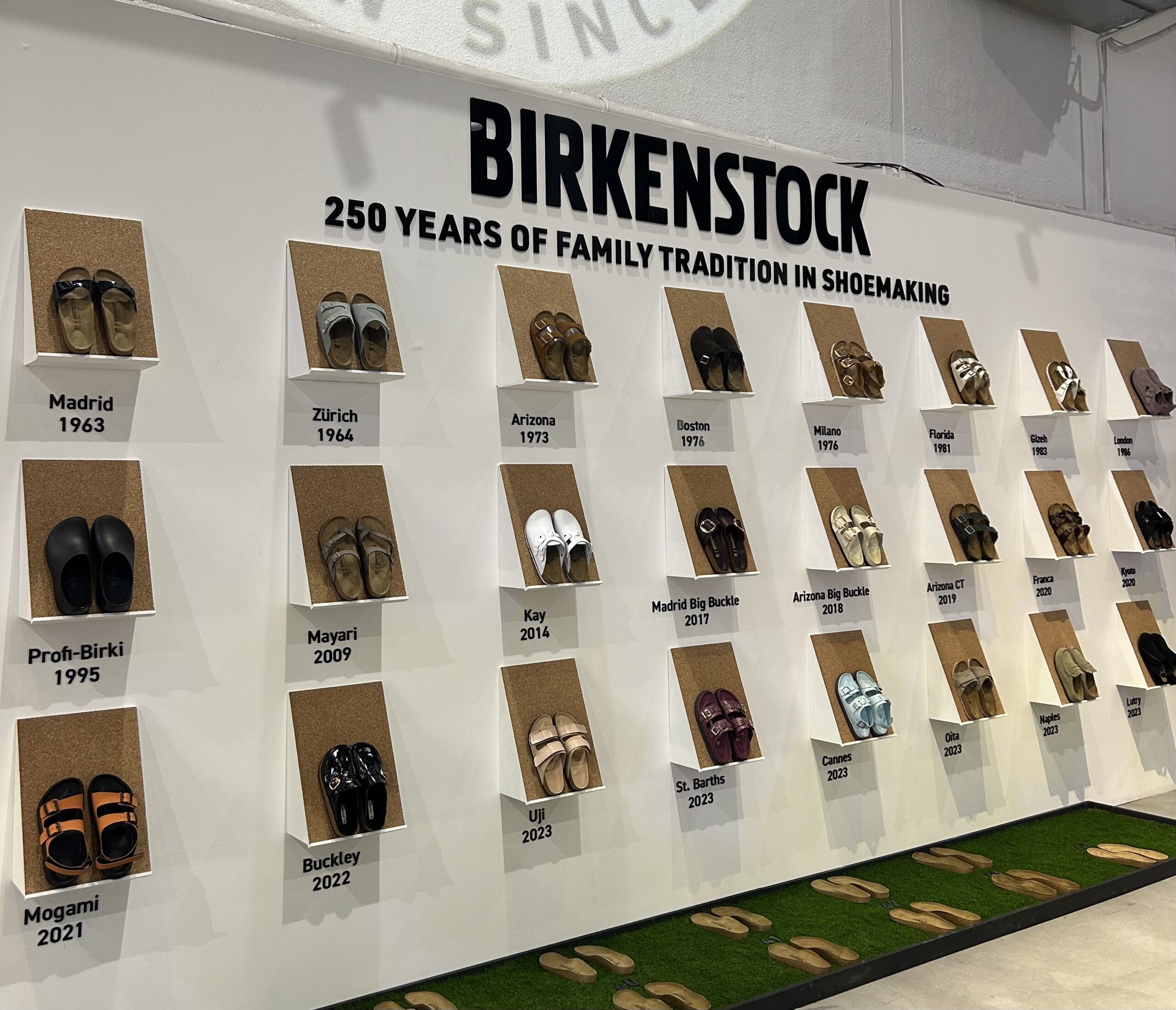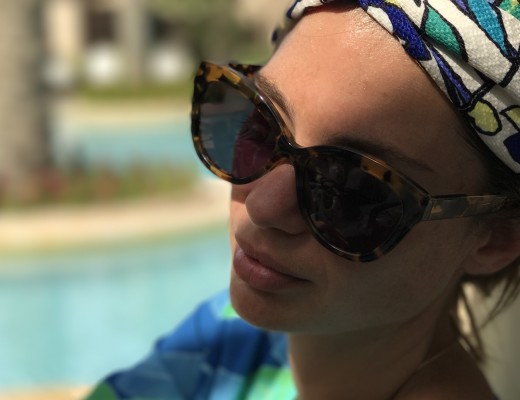Celebrating 250 years of this iconic shoe, the focus for Birkenstock is becoming more and more about the environment and manufacturing their creations sustainably.
Dating back to 1774, every Birkenstock footbed is made of natural cork, natural latex, jute and suede, which is used as the top layer.
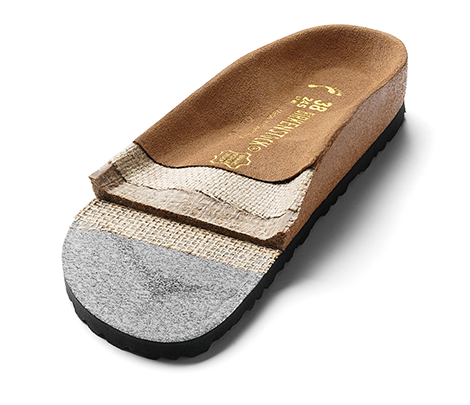
BIRKENSTOCK AND SUSTAINABILITY
The brand uses the highest-quality leather, working with textile materials, such as high-quality wool felt, made from pure merino wool. For those customers looking for animal-free products, there is our proprietary synthetic material Birko-Flor®.
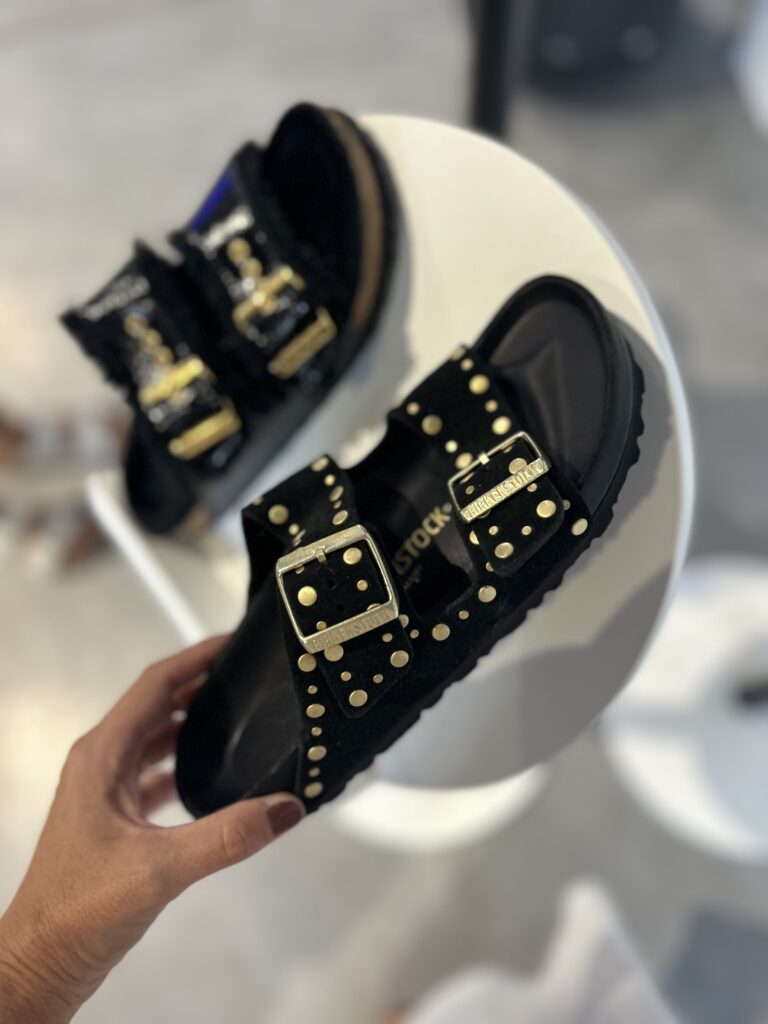
RESPONSIBILITY IN THE SUPPLY CHAIN
A high proportion of the natural materials that Birkenstock uses are from sustainable sources: cork, natural latex, jute, leather and wool felt are among their most important materials.
A single tree can provide 100 to 200 kilograms of cork during its life. To ensure that the cork is hygienically clean, the bark that has been removed is cooked thoroughly in tanks. It is then cut into strips that will be used to punch the bottle corks.Natural cork oak forests only exist in the western Mediterranean basin. The majority of the cork processed by Birkenstock comes from southern Portugal, the world’s largest raw cork-exporting region. Natural and planted cork oak forests in Portugal cover a total of some 750,000 hectares – about 8% of the total surface area of the country.
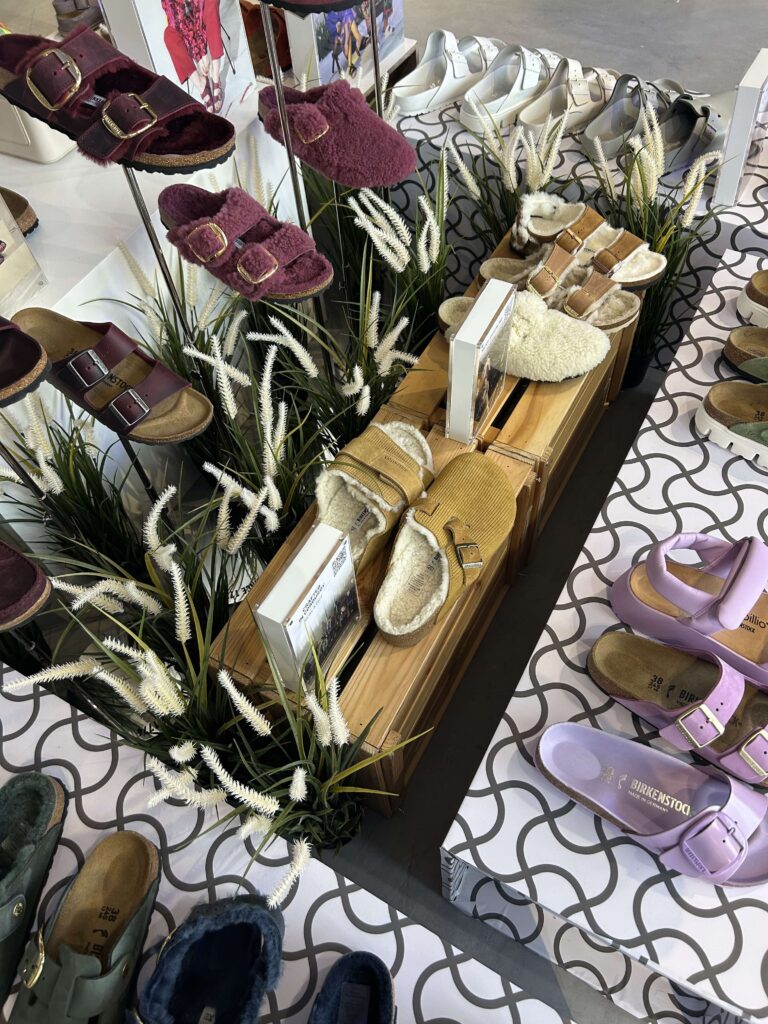
Then there’s jute, which provides additional stabilization of the cork and latex core in the original Birkenstock footbed. In addition, the plant fibers improve the moisture-regulating properties of the footbed. Jute is a renewable resource as well.
Natural latex serves as the natural binding agent in the production of the footbed. Like cork, natural latex is also a renewable resource. Natural latex is obtained from the resin of rubber trees.
Birkenstock also unveiled the ultimate Care Essentials line for body and mind, expanding its product portfolio beyond footwear. From nourishing creams to invigorating scrubs, using 100% natural origin ingredients and highly effective formulations, made in Germany.

